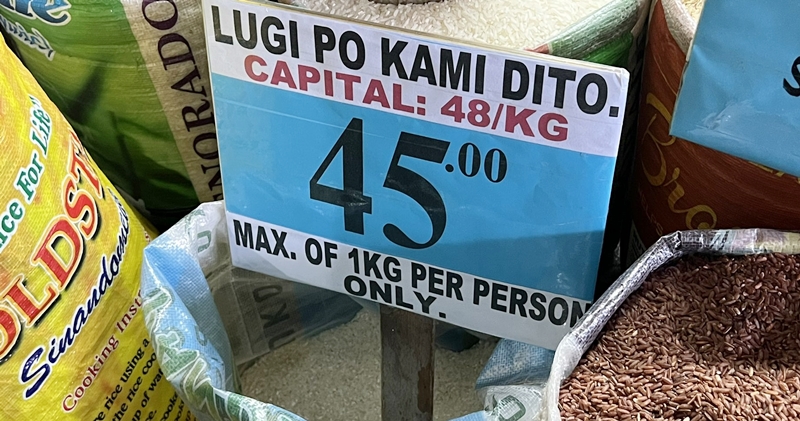Let's zero in on rice , says Salceda as PH inflation eases
At A Glance
- Albay 2nd district Rep. Joey Salceda has placed a spotlight on the access and supply of rice after overall inflation in the country eased forthe month of November.
 (MANILA BULLETIN)
(MANILA BULLETIN)
Albay 2nd district Rep. Joey Salceda has placed a spotlight on the access and supply of rice after overall inflation in the country eased forthe month of November.
According to the Philippine Statistics Authority (PSA), the inflation rate slowed down further to 4.1 percent from the 4.9 percent in October.
With this downtrend, the majority of food commodities have returned to single-digit inflation levels, except rice.
The staple grain remains on its year-on-year level at 15.2 percent inflation.
“That means we can zero-in our efforts on this commodity, which accounts for as much as one-fifth of the budget of the poorest households,” said Salceda.
“The global outlook remains dim in that commodity, with most projections suggesting that global prices will remain elevated by mid-2024 at the earliest,” he noted.
The veteran lawmaker and economist suggested that interventions to ease the inflation on rice shall be three-fold.
First, Salceda said the Philippines must ensure market access to imported rice. Vietnam and India are eyed to be the key countries for this regard, however, diversification of choices is also deemed crucial.
“Our market access will depend almost entirely on the diplomatic abilities of the Marcos administration,” the Bicolano noted.
Second, he explained that the domestic market’s access to landed rice must be ensured and stable, not artificially constrained. Wherein, import licenses should be used and hoarding must be prevented.
And third, the solon pointed out that the government must optimize domestic supply by achieving another bumper crop this year, in addition to reducing wastage.
With the newly-released November inflation report, Salceda said he is expecting the December rate to decline further at 3.7 to 4.0 percent, barring any shocks to supply.
He also predicts that the annual inflation rate would end at 6.0 percent.
“The takeaway from the November report is this: Much of the overall price situation has already been managed. Now, it’s all about rice,” he concluded. --Dexter Barro II